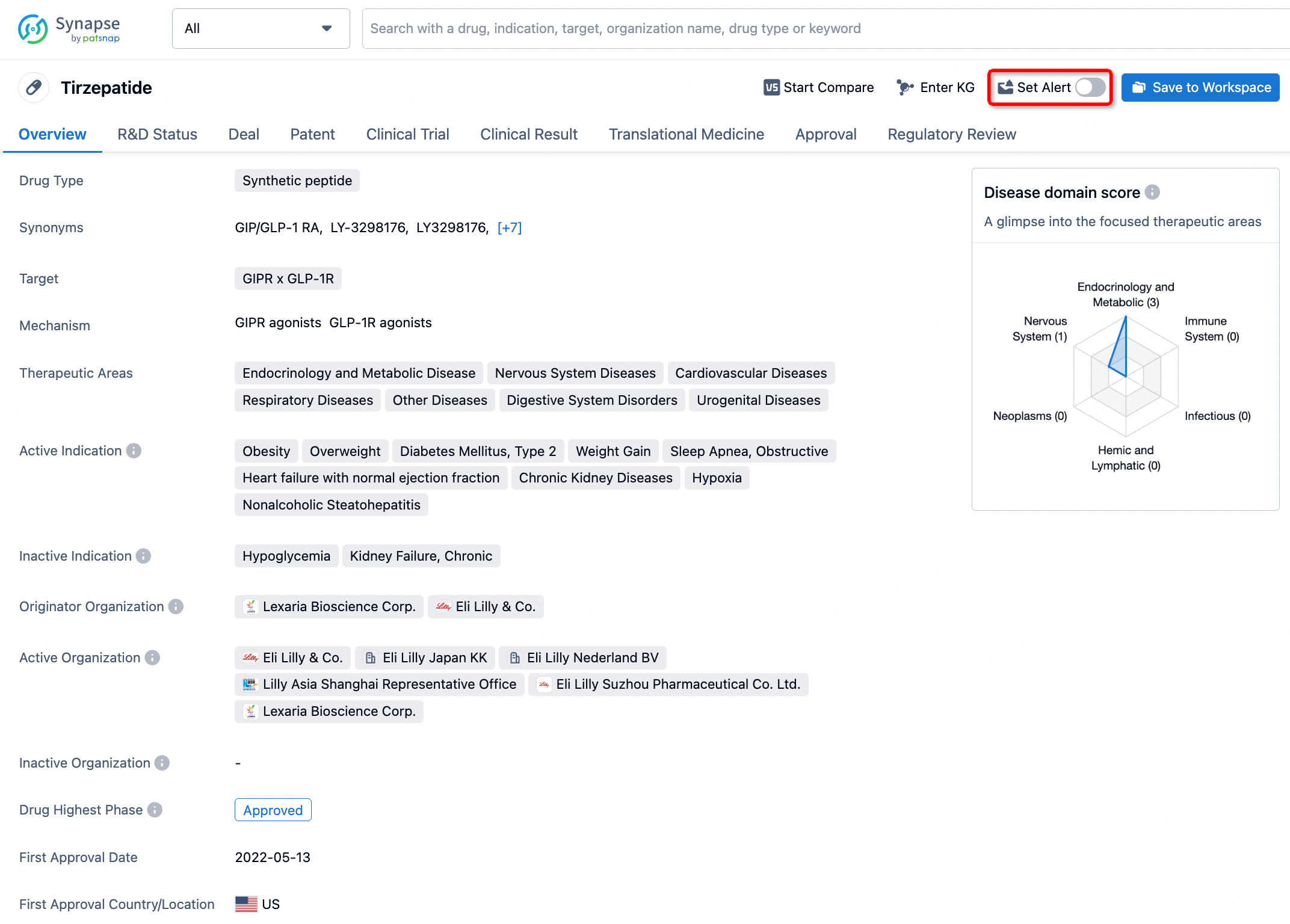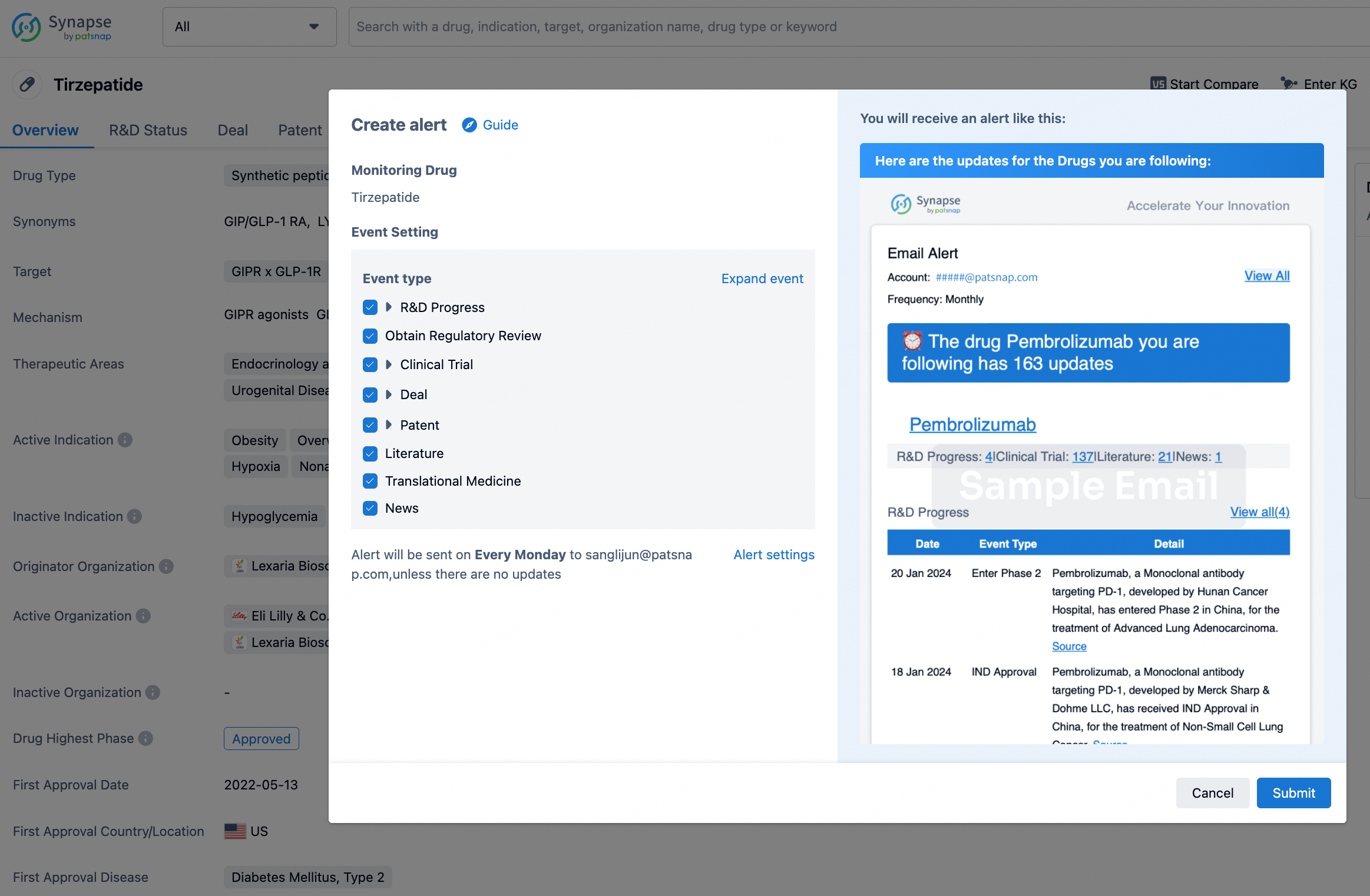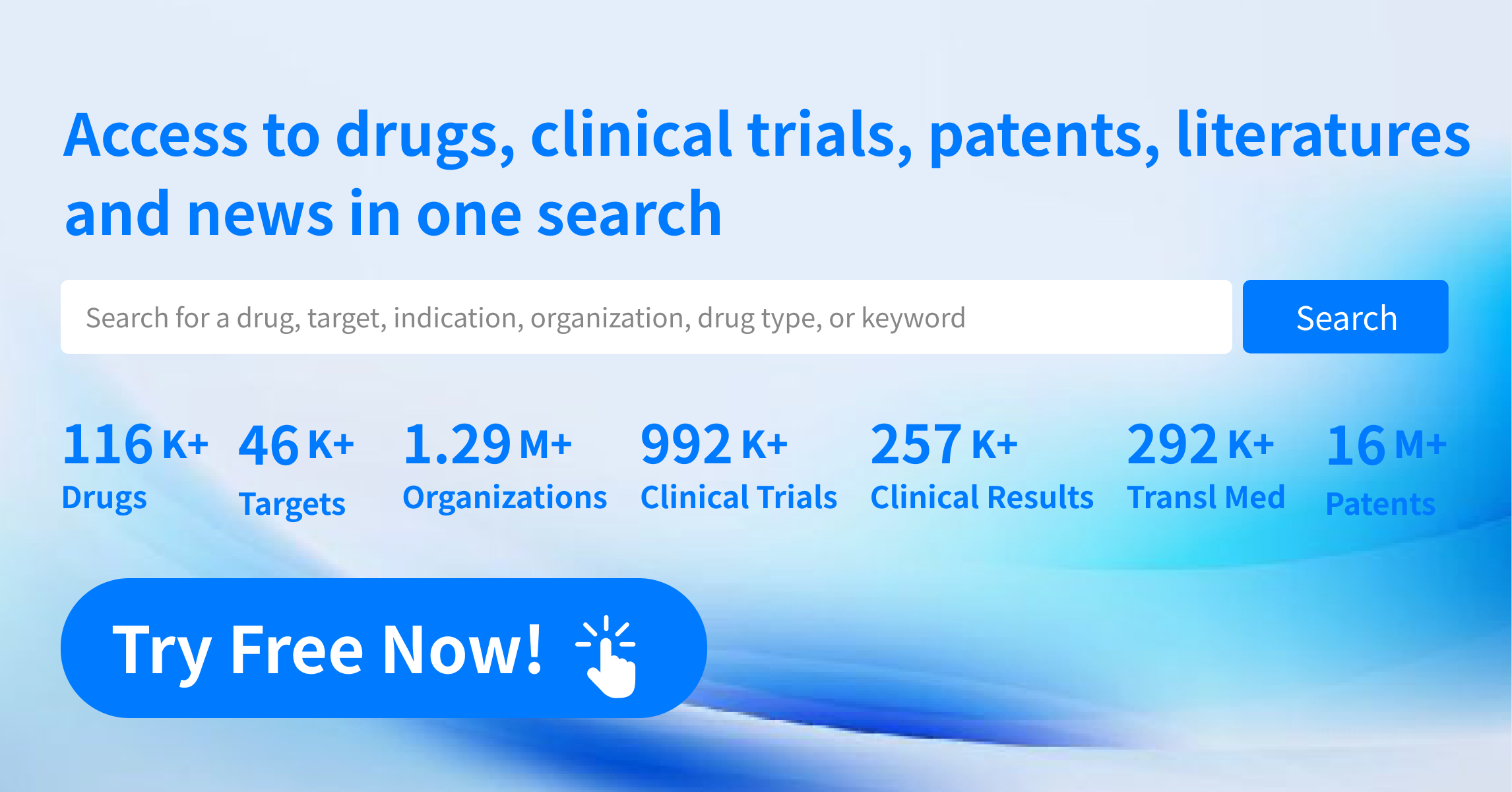Request Demo
What is the mechanism of Maprotiline Hydrochloride?
17 July 2024
Maprotiline Hydrochloride is a tetracyclic antidepressant that primarily functions as a norepinephrine reuptake inhibitor. Understanding its mechanism involves delving into the complexities of neurotransmitter dynamics and receptor interactions in the brain.
Firstly, it's essential to recognize that neurotransmitters are chemicals that facilitate communication between neurons. Norepinephrine is one of these critical neurotransmitters and plays a significant role in mood regulation and alertness. In individuals with depressive disorders, the levels of norepinephrine can be imbalanced, leading to symptoms such as low mood, fatigue, and lack of motivation.
Maprotiline Hydrochloride works by inhibiting the reuptake of norepinephrine into the presynaptic neuron. Normally, after norepinephrine is released into the synaptic cleft (the space between neurons), it binds to receptors on the postsynaptic neuron to convey its message. Once it has performed its function, it is typically reabsorbed back into the presynaptic neuron for reuse or breakdown. By blocking this reuptake process, Maprotiline increases the concentration of norepinephrine in the synaptic cleft, thereby enhancing its mood-lifting effects.
Interestingly, Maprotiline has a high affinity for norepinephrine transporters but a much lower affinity for serotonin and dopamine transporters. This selective inhibition allows for a more targeted approach in elevating norepinephrine levels without significantly affecting other neurotransmitters. This selectivity is critical because it helps reduce some of the side effects commonly associated with other antidepressants that affect multiple neurotransmitter systems.
In addition to its primary action on norepinephrine reuptake, Maprotiline also exhibits some antagonistic activity at specific receptor sites, including histamine H1 receptors and muscarinic cholinergic receptors. Antagonism at these receptors can contribute to the sedative and anticholinergic side effects of the drug, such as drowsiness, dry mouth, and blurred vision. While these side effects can be a disadvantage, they also offer some therapeutic benefits, particularly in patients who experience insomnia or agitation as part of their depressive symptoms.
It's worth noting that, like many antidepressants, the full therapeutic effects of Maprotiline Hydrochloride may take several weeks to become apparent. This delay is thought to be due to the time required for neuroadaptive changes to occur in the brain, such as receptor downregulation and alterations in gene expression.
In conclusion, Maprotiline Hydrochloride's mechanism of action primarily revolves around its ability to inhibit norepinephrine reuptake, leading to increased levels of this neurotransmitter in the brain. Its selective action on norepinephrine, combined with its antagonistic effects on certain receptors, helps alleviate depressive symptoms while presenting a side effect profile that must be managed carefully. Understanding these mechanisms provides valuable insights into how this medication can be effectively used to treat depressive disorders.
Firstly, it's essential to recognize that neurotransmitters are chemicals that facilitate communication between neurons. Norepinephrine is one of these critical neurotransmitters and plays a significant role in mood regulation and alertness. In individuals with depressive disorders, the levels of norepinephrine can be imbalanced, leading to symptoms such as low mood, fatigue, and lack of motivation.
Maprotiline Hydrochloride works by inhibiting the reuptake of norepinephrine into the presynaptic neuron. Normally, after norepinephrine is released into the synaptic cleft (the space between neurons), it binds to receptors on the postsynaptic neuron to convey its message. Once it has performed its function, it is typically reabsorbed back into the presynaptic neuron for reuse or breakdown. By blocking this reuptake process, Maprotiline increases the concentration of norepinephrine in the synaptic cleft, thereby enhancing its mood-lifting effects.
Interestingly, Maprotiline has a high affinity for norepinephrine transporters but a much lower affinity for serotonin and dopamine transporters. This selective inhibition allows for a more targeted approach in elevating norepinephrine levels without significantly affecting other neurotransmitters. This selectivity is critical because it helps reduce some of the side effects commonly associated with other antidepressants that affect multiple neurotransmitter systems.
In addition to its primary action on norepinephrine reuptake, Maprotiline also exhibits some antagonistic activity at specific receptor sites, including histamine H1 receptors and muscarinic cholinergic receptors. Antagonism at these receptors can contribute to the sedative and anticholinergic side effects of the drug, such as drowsiness, dry mouth, and blurred vision. While these side effects can be a disadvantage, they also offer some therapeutic benefits, particularly in patients who experience insomnia or agitation as part of their depressive symptoms.
It's worth noting that, like many antidepressants, the full therapeutic effects of Maprotiline Hydrochloride may take several weeks to become apparent. This delay is thought to be due to the time required for neuroadaptive changes to occur in the brain, such as receptor downregulation and alterations in gene expression.
In conclusion, Maprotiline Hydrochloride's mechanism of action primarily revolves around its ability to inhibit norepinephrine reuptake, leading to increased levels of this neurotransmitter in the brain. Its selective action on norepinephrine, combined with its antagonistic effects on certain receptors, helps alleviate depressive symptoms while presenting a side effect profile that must be managed carefully. Understanding these mechanisms provides valuable insights into how this medication can be effectively used to treat depressive disorders.
How to obtain the latest development progress of all drugs?
In the Synapse database, you can stay updated on the latest research and development advances of all drugs. This service is accessible anytime and anywhere, with updates available daily or weekly. Use the "Set Alert" function to stay informed. Click on the image below to embark on a brand new journey of drug discovery!
AI Agents Built for Biopharma Breakthroughs
Accelerate discovery. Empower decisions. Transform outcomes.
Get started for free today!
Accelerate Strategic R&D decision making with Synapse, PatSnap’s AI-powered Connected Innovation Intelligence Platform Built for Life Sciences Professionals.
Start your data trial now!
Synapse data is also accessible to external entities via APIs or data packages. Empower better decisions with the latest in pharmaceutical intelligence.


